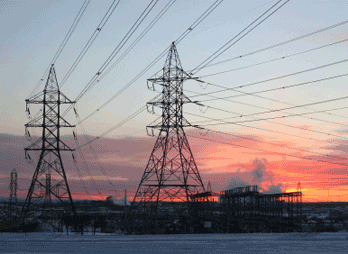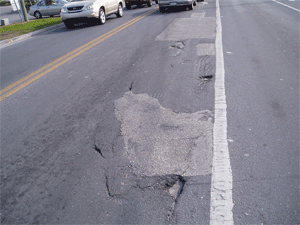Additional Energy Considerations

Two ready mix associations suggested that if all asphalt interstate pavements were replaced with concrete the U.S. could save 11,000,000 gallons of fuel each day. That works out to more than 100,000,000 barrels of oil a year.
http://www.pavementpreservation.org
http://www.durableroads.com
Heat islands around major cities like Atlanta, Los Angeles, New York, Sacramento and Phoenix create heat islands that affect weather patterns. This also means increases in air conditioning costs and the burning of more fossil fuel, releasing more green house gasses. In the Summer asphalt temperatures may be 30° to 70° F hotter than concrete!
Hot pavements emit volatile organic chemicals and cause petroleum droppings from engines to evaporate adding to the smog problems. Hot pavements convert emissions into dangerous gasses such as nitrous oxide, ozone, sulfur dioxide and others. We see it as smog or haze. Hot pavements accelerate tire wear. Tires require energy to manufacture. Thus more energy is wasted.

This road shows the effect of vehicle braking at an intersection. Even where there is no winter frost, potholes develop.

